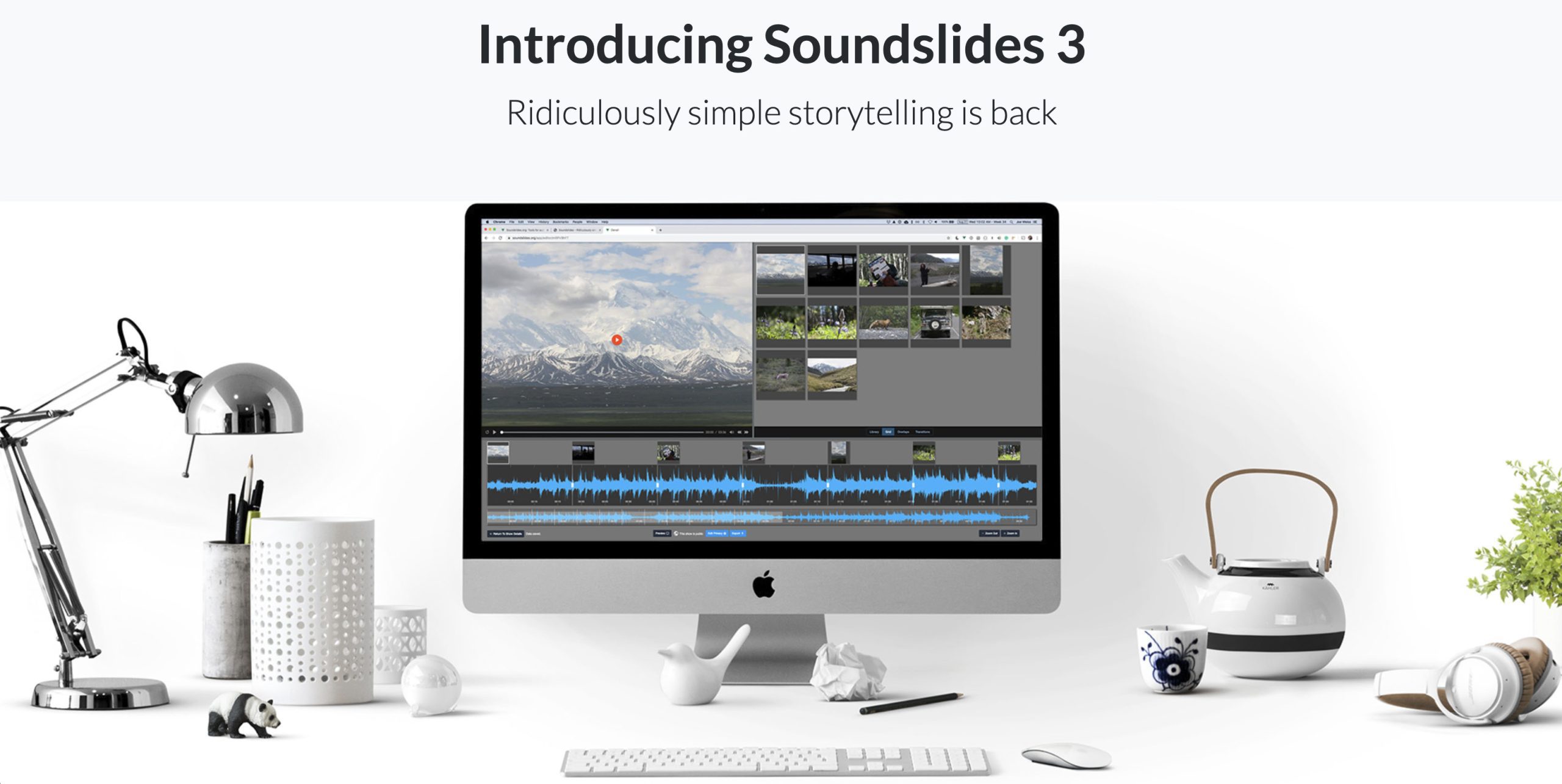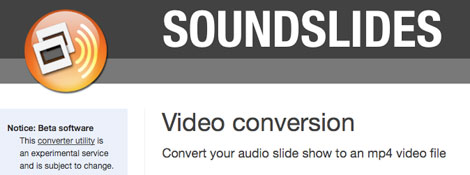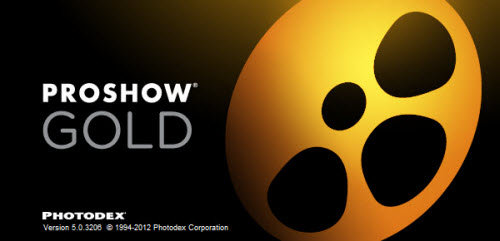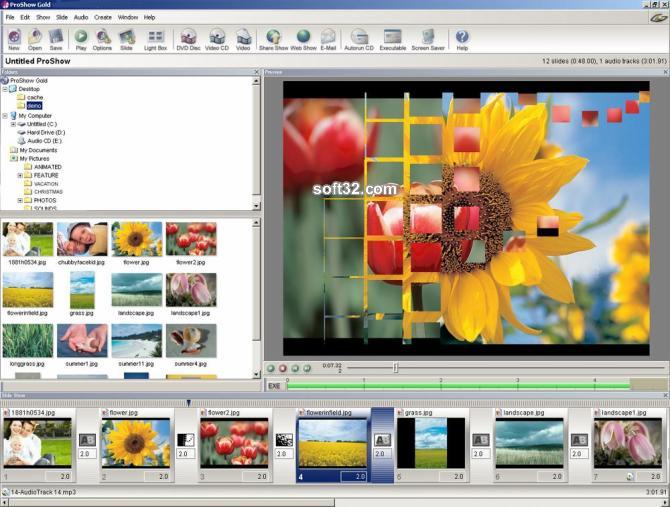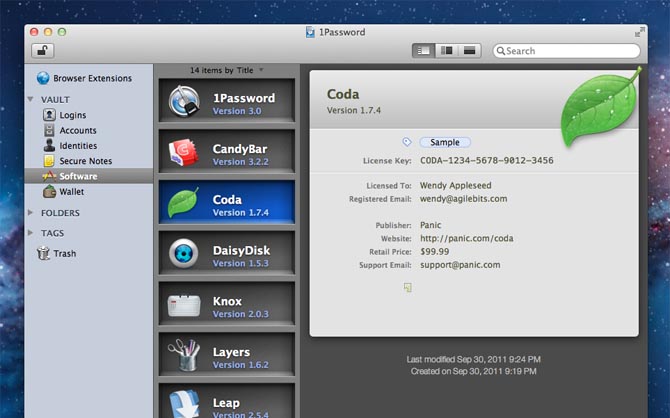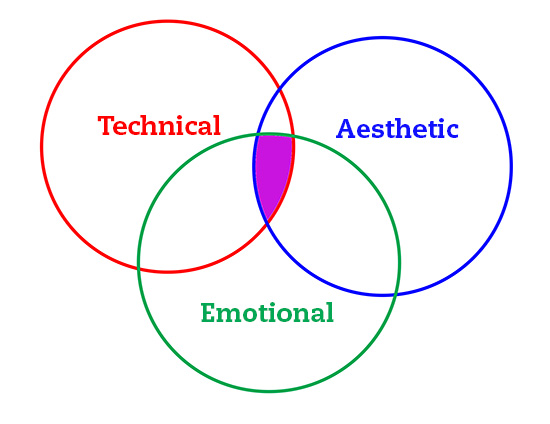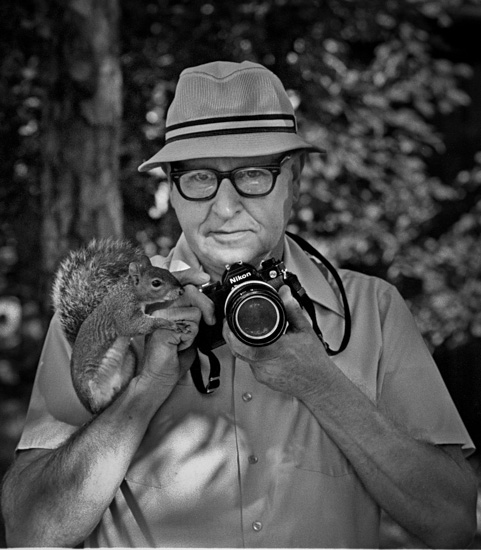A computer not working is one of the most frustrating things to experience, especially when you are on deadline. Well this week I have had my computer crash so many times I started counting.
What was causing my crashes? Well it is a bad NVIDIA graphics card. It is now at Apple having the motherboard replaced to fix this issue. Since I bought an extended warranty I am covered.
Now what I learned this week I would like to pass along as learning from someone else’s experience than going through this yourself in the future.
You need a backup computer
While you may have your computer backed up as I did, when it needs to go for repair it can take a while. It is a safe to say you are without it for a week or more depending on the manufacturer.
Your backup computer needs to be able to run the software you use on a regular basis. I highly recommend having similar computers, for the same reason you buy similar cameras as a backup. Software and peripherals will all work better with similar computers.
Most software companies will let the license cover two computers for this very reason.
Up until this week my backup computer was a PC and my main computer was a Mac. Well this wasn’t very practical when it came down to very critical software. Now many software companies will let you use the same license on a Mac and PC, but for the most part this isn’t true, especially with many of the Adobe products.
Regular backups
While having a backup is good it is better to have a pretty recent backup. You can schedule your backup software to update your backup with just the changes. This will not take all that long after your first backup, which will take some time.
Having an online backup is great, but when you get ready to reinstall your software, having it on an external hard drive is much faster. You can always update the latest with your online, but doing a complete restore over the internet, well lets just say you really need that fast hookup if you do use the online system.
Repair strategies
First of all there is a big difference between repair shops. I bought an extended warranty through Fry’s. I liked that they offered a loaner for me to use if I needed it for a repair.
I thought I would just take my backup and use the loaner to transfer all my stuff. Well you can do that, but the software is designed to know the specific computer it is on. If you use the loaner and then need to buy a new computer you will have now installed your software on three computers. This is where you could end up having conversations with the software companies to get an exception or pay them for another license.
Great thing about Apple Care is this is honored by all the repair centers for Macs. There are basically three types of these repair centers that I have encountered. The Apple Store, which will, do minor repairs and send your computer off to their repair center if needed. Very quick turnaround times I might add. There are the stores like Fry’s that sell the computers and have a similar repair center to the Apple Store. The consistency of the repair centers in these shops is all over. Some are well staffed and equal or surpass the Apple Store. Lastly there are authorized Apple retailers that have extensive repair centers. They send off for parts and repair most computers on site. This gives you the fastest turnaround time.
My problem this week was Fry’s was honoring the warranty and gave me a loaner, but the experience has been horrible.
First I took the computer to them and they ran a general MRI of the computer. Nothing found I was told. You need to do a complete system reinstall from scratch. I knew from my own research this wasn’t what I was having a problem with and knew there was a stress test for the graphics card.
After pushing them they ran this additional test and it failed. So this process of getting a loaner and transferring my backup to it took about 6 to 8 hours of my time this past Sunday.
I try calling Monday to verify the computer went out and approximately when I could expect it back. After couple calls I finally had other things pressing. This happened again on Tuesday and then Wednesday I finally got them on the phone. The computer was still at their shop.
In the meantime the computer they gave me had it’s own trouble. The read and writing to the hard drive was so slow things that should take seconds were taking 30 minutes to an hour.
Rather than getting another loaner, I went ahead and bought another Mac to use as my backup. I had lost a few days of productive work due to computer problems. Did I say this was a critical week of back-to-back jobs?
By the way the program that was triggering the bad graphics card to crash the computer was Final Cut Pro X. It works great as long as the hardware is OK. This is software uses the most memory and graphics of any program I use regularly. I had this problem a year ago and it got much worse through the year. Apple finally acknowledges the problem in September 2012 according to many of the Apple forums.
The hobbyist may not need to worry about a computer that is out of commission for a week or more, but the working pro cannot delay projects once they have set a standard for turning around projects for clients.
Last lesson I think I can pass along is to have a timeline to replace your computer. I suggest maybe replacing your computer every 2 or 3 years bare minimum. I think even a better solution is to replace every 2 years and take the oldest one and let someone have it and the newest one can replace your primary and the primary then becomes your backup.




















